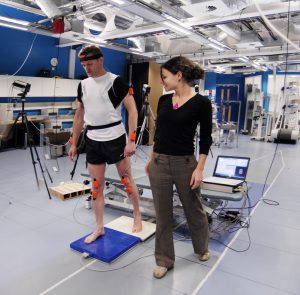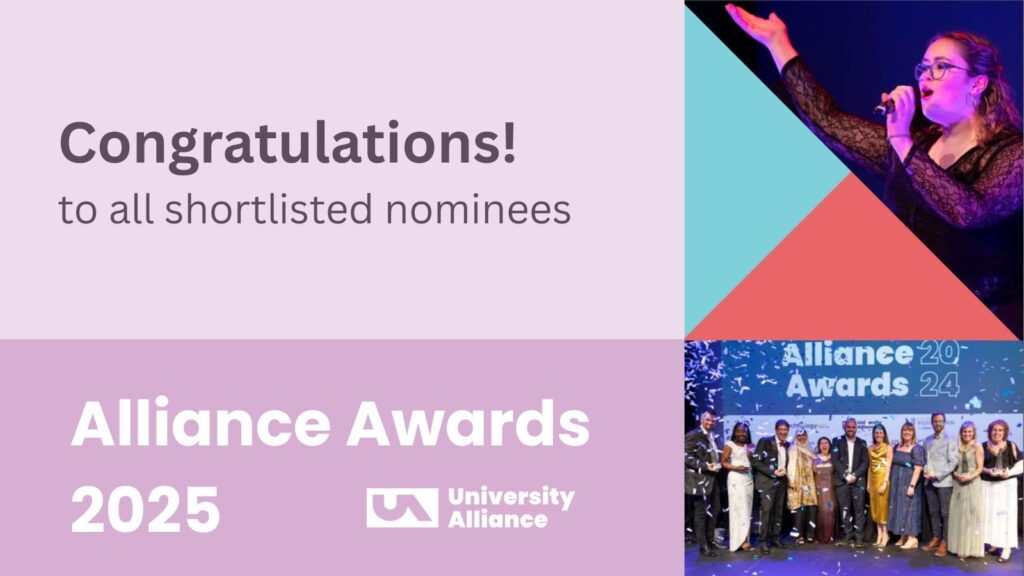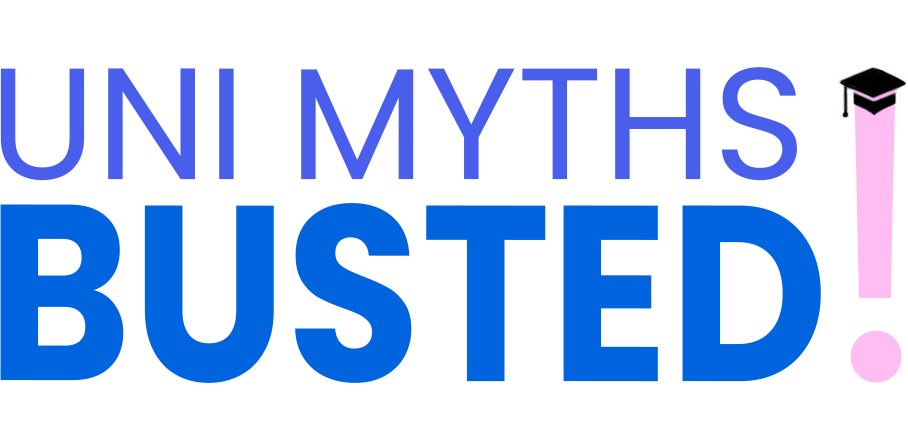
Students and researchers explore human performance at the University of Salford
In brief moments, I sometimes crave for an unattainable simplicity in life. But, through working with colleagues and students across the sector, I am continually reminded that it would be a sad, narrow world in which there was just one way to do things well; a singular path to success; only one road to excellence. With our student cohorts being as diverse as they are, there certainly isn’t only one way to help them learn, develop and succeed. Perhaps now more than ever, in a landscape which looks set to continually experience accelerating change on a number of fronts, the path to success for our students is actually a networked map of possibilities, influences and choices; consequently, definitions of excellence in learning and teaching need to be similarly reflexive, recognising both the context and purpose of a university’s mission, and the drivers sitting behind our students’ desire to study at university.
In recent years, policymakers have put increasing emphasis on teaching excellence, with the creation of the Teaching Excellence Framework (TEF) – this is something we welcome, and have helped shape as a group of institutions.
Alliance universities have a long and proud tradition of equipping students for life – of helping them stand out and thrive. We take the settings and challenges which students will encounter in the workplace right into the classroom, through courses co-designed – and co-assessed – with employers, industry, social enterprise and the professions. The outcome is graduates who will be ready for a rapidly changing world, are able to thrive in their work and to make positive contributions as citizens.
We are also the only mission group which is above benchmark on both access – and retention – providing students from all backgrounds with life-changing opportunities, paying attention to every step on a student’s journey, empowering and supporting them to succeed.
We are taking this shared vision of excellence into a new pilot venture; the Teaching Excellence Alliance (TEA). The TEA helps us share the excellence already thriving in Alliance universities and build on it together.
Before our students leave university to start work, be it as engineers or nurses, designers or business managers, we want them to have experience of the real world. Their contact with employers and the challenges they face starts on day one: it doesn’t only take place through their tutors who bring professional practice in industry and the professions to the learning experience – although that happens too. At Alliance universities, this contact with employers, industry and social enterprise is direct, because we ensure that current, live problems are made an integral part of the learning experience and assessment, blending high-level academic and technical capabilities with acquisition of those behaviours, attitudes and interpersonal competencies so valuable to the professional workplace.
We do this best by involving employers and industry in the construction of our courses from the start. We don’t simply pay lip service to this approach. In fact, our universities have been meeting the needs of industry and society for over a hundred years. And over that time, we have come to know that when we develop our very best learning approaches, it is done in early and close collaboration with employers, industry and the professions and by engaging our students in co-designing their own learning.
The professionals of tomorrow need to have the flexible attitude to adapt to a fast-changing world, and the resilience to cope with the challenges of the workplace. Does an NHS manager want to be sure that a graduate can do a day’s nursing and cope with whatever comes up? We incorporate all-day “exams” simulating a medical environment that provides an authentic experience for student nurses. Does a business want graduates who can provide solutions to an unfamiliar task? We’ll ask them which of their current business problems needs solving and use these problems to provide real world challenges for our students. Do podiatrists need to know about patients as well as theory before they become independent practitioners? We’ll set up a podiatry clinic as part of our course.
This mode of teaching and learning means our graduates have the confidence to go into work, ready to tackle the unfamiliar and solve the problems of tomorrow – both those we know about and those we have not yet conceived. That’s not just confidence, that’s attitude and we help every single individual develop it so that they can seize the opportunities ahead.
For our students, getting to university is the first point in a tailored, supported learning journey – we’re with them every step of the way from first click to last contact after graduation. In particular we focus on key points in the first year, ensuring they settle in and learn how to take on the demands of their course, enabling them to become lifelong learners. We’re there at every transition point, to support and enable, and finally, to let them fly. Our students are often resilient individuals – many will have worked their way through university, learning to successfully juggle work, study and other commitments. We help them capitalise upon and build their resilience to help them achieve the career destinations of their choice.
How can we better understand and support this activity? That’s where the Teaching Excellence Alliance comes in – the pilot will build on the best work we are doing as individual institutions to drive forward holistic practice of excellence for all of us. In turn, this will help us support the roll out of the TEF as it continues to be refined, bringing into greater relief a distinctive model of teaching excellence across the Alliance. Much of this is happening within my own institution – the University of Salford. Similarly, there are other great ideas, practices and initiatives sitting within and across Alliance universities which I would love to see adapted and adopted here – and this is what which the TEA aims to deliver for us all: shared expertise and examples, capture excellent practice and to consolidate our position as a progressive outward-facing mission group through collaboration and working together.
Read more about the Teaching Excellence Alliance here.




